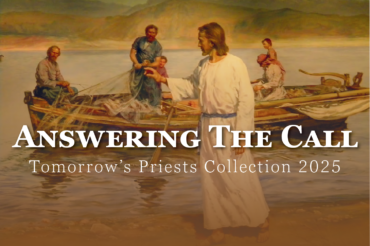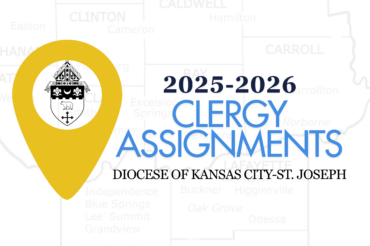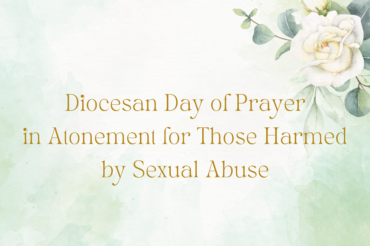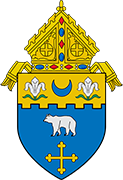The Compelling Witness of Ancient Voices
“We do not consume the Eucharistic bread and wine as if it were ordinary food and drink, for we have been taught that as Jesus Christ our Savior became a man of flesh and blood by the power of the Word of God, so also the food that our flesh and blood assimilates for its nourishment becomes the flesh and blood of the incarnate Jesus by the power of his own words contained in the [Eucharistic] prayer of thanksgiving.” —St. Justin, martyr (100 A.D.-165 A.D.)
For a Catholic, these 50 days that make up the Easter Season between Easter Sunday and Pentecost are a special time for savoring and reflecting on the mysteries of salvation. For those who have just entered the Church at Easter it is to be a period that is referred to by the Greek term mystagogy: a post-baptismal catechesis that leads to a fuller and more effective understanding of what they have just experienced when they received the sacraments of initiation: baptism, confirmation, and Eucharist.
One of the rich sources that helps the neophyte (new Christian) to reflect on the mysteries of salvation in light of the Gospel message and the sacraments they have received, is the commentary of the early Church Fathers—those key figures in the earliest years of the Church following the death of the last Apostle. These early witnesses give us confirmation of how the Christian faith emerged and began to take form in its earliest days. They show us the Church in its infancy, and how that infancy organically grew and developed.
Why is this important? Primarily because it shows that there was no rupture between the Gospel and living Tradition handed on by the Apostles and the immediate generations that followed them. It is remarkable to read the Church Fathers of the early centuries and to see how Catholic they are.
A consequence of this witness is that it has helped countless people enter the Catholic Church. Many of those who convert to Catholicism credit the Church Fathers for aiding their conversion. They find it compelling to read a second century Christian’s testimony and to discover it looks exactly like the Catholic Church. See for example the quote from St. Justin above on the Eucharist.
For clergy, religious, and laity who pray the Liturgy of the Hours (www.iBreviary.com), these days of the Easter Season usually contain a reading from one of the Church Fathers illuminating the new life in Christ that we have received. So, whether you are a new Catholic or a seasoned Catholic, enjoy the ancient witness of our friends from the past, whose faith and love for the Risen Lord still shines through the centuries for us.
+Bishop James V. Johnston, Jr.
Catholic Key, May 19, 2017 issue





